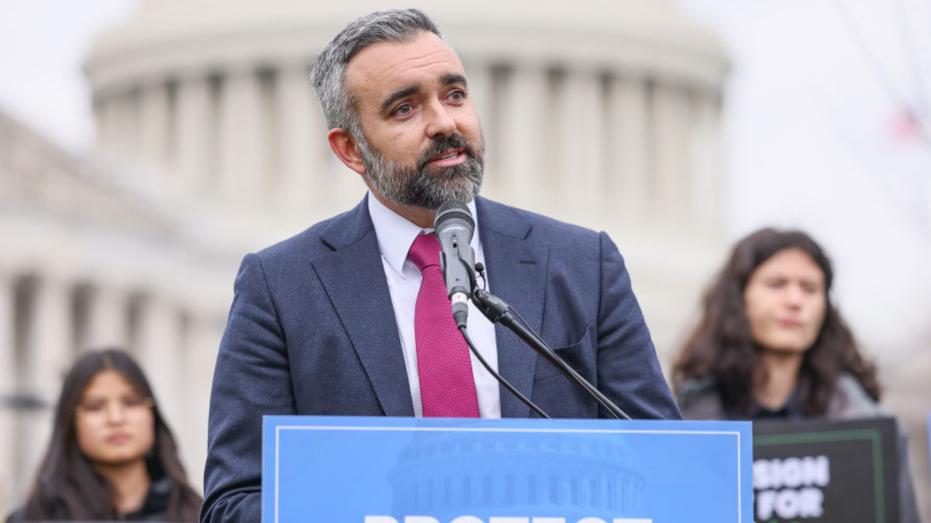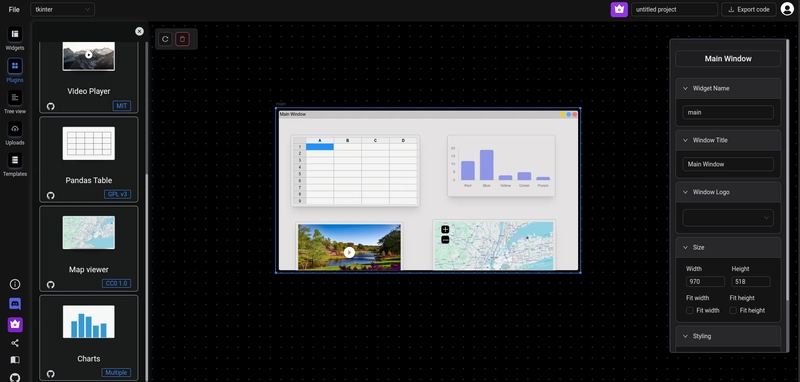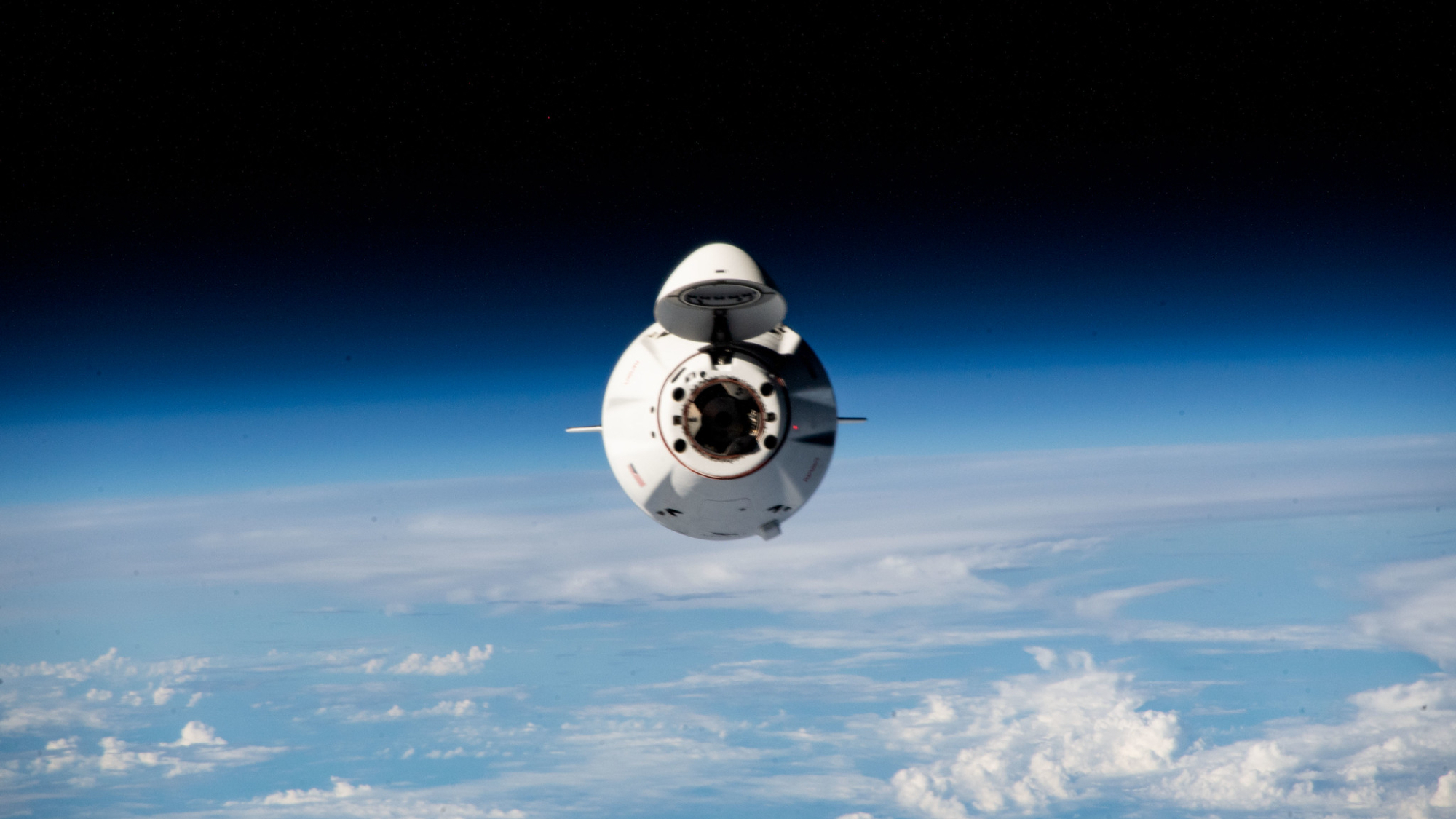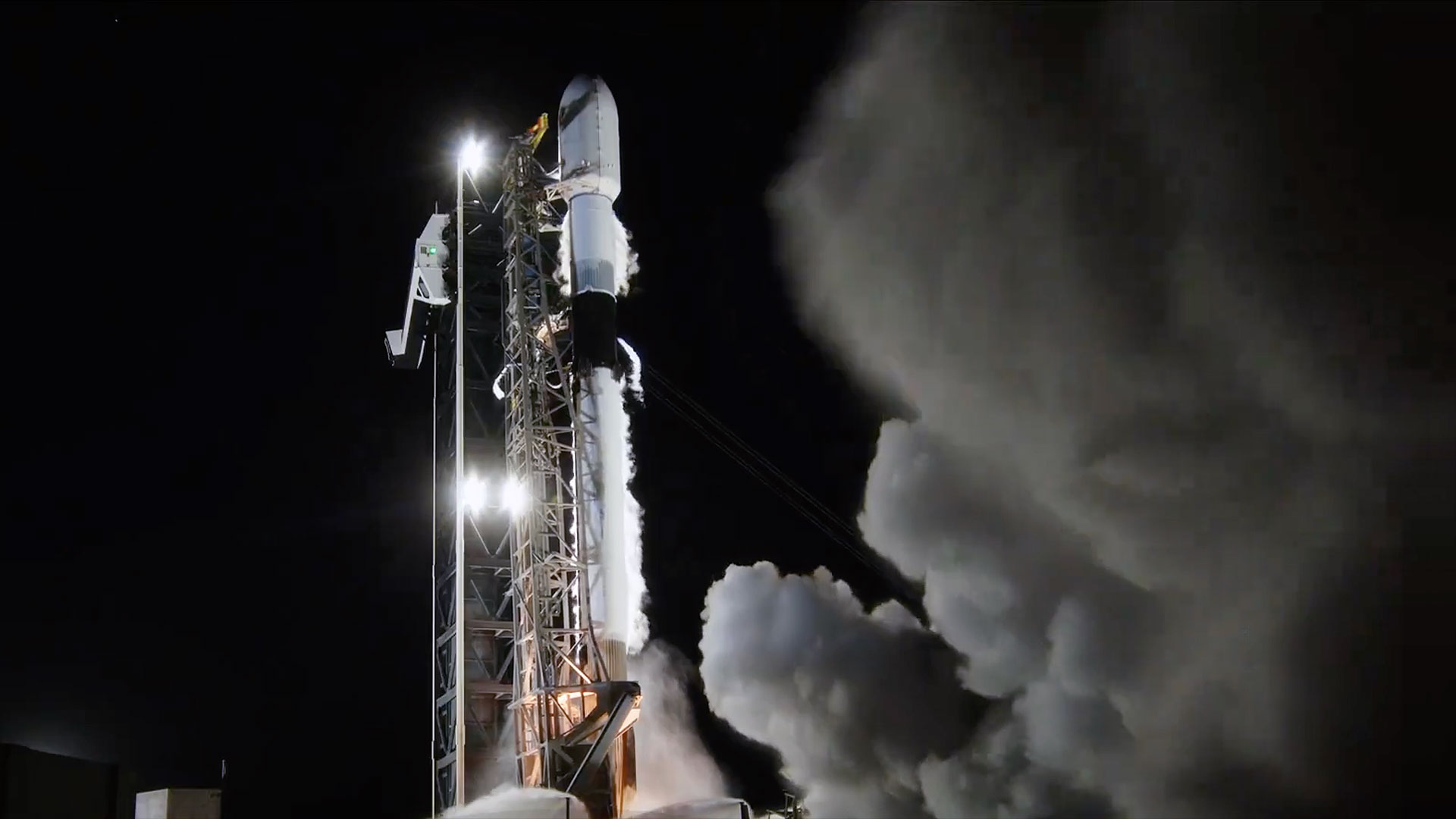Team Trump's negotiators are just enabling Putin
The Trump administration's ceasefire negotiations with Russia have failed to stop the killing and dying in Ukraine, as Moscow continues to target Ukrainian civilians with ballistic missiles and drones.

Ukraine is learning the hard way that it is not in good hands with the Trump administration's negotiators. Instead of stopping the killing, U.S. Special Envoy Steve Witkoff’s negotiating efforts are accelerating Moscow’s intentional targeting of Ukrainian civilians.
On April 4, Russian forces struck Kryvyi Rih – Ukraine President Volodymyr Zelensky’s hometown – with a ballistic missile armed with a cluster warhead. The brazen attack targeted a residential neighborhood, wounding 72 and killing 20, including nine children.
Many of the children were killed and wounded in a playground. The youngest victim was a three-month-old baby.
Since January, Team Trump has repeatedly asserted that President Trump “wants to be a president of peace.” Putin’s response? Repeated war crimes and crimes against humanity in Ukraine.
We are now in the second week of April after two failed ceasefire attempts. Rubio’s hope that “the shooting will stop, the killing will stop, the dying will stop, and the talks can begin about how to end this war permanently in a way that’s acceptable and enduring for both sides,” is as elusive and far off as ever.
Why is this happening? Because Russia does not want peace — at least not peace as the West envisions it. For Putin, peace is accomplished when Ukraine stops resisting. His intended end-state is the complete annihilation of Ukraine, its people, and its culture.
Putin made that clear again on March 6, when he stated that Russia does not intend to "give in to anyone" or make any compromises in future peace negotiations. For Russia, the ceasefire discussions are merely a tool for the Kremlin to gain a momentary advantage in time to exploit.
Former Army Chief of Staff Gen. Gordon R. Sullivan taught us in 1997 that “hope is not a method.” This was required reading for military officers, something Mike Waltz and U.S. Special Envoy for Ukraine Keith Kellogg have seemingly forgotten.
The naive belief that Russia would keep its word has killed or wounded hundreds of Ukrainian civilians since Mar. 11 when Moscow rejected a full 30-day truce agreed upon by the U.S. and Ukraine in Jeddah. Russia instead agreed only to a cessation of strikes against energy facilities and in the Black Sea — terms it has not honored anyway.
Now Rubio seemingly wants to give Putin more time. When asked about the status of the Black Sea ceasefire talks and whether he believed that Putin was dragging his feet during a press conference at NATO Headquarters in Brussels, the secretary of State responded, “We will know soon enough — in a matter of weeks, not months — whether Russia is serious about peace or not.”
Spoiler alert — it is not. The killing and dying continue. With each day, Russia targets Ukrainian civilians in population centers with ballistic missiles and drones with impunity.
Once the U.S. stopped sharing intelligence with Kyiv in early March, Russia targeted Ukrainian cities with massive ballistic missile and drone strikes. Trump responded, “Based on the fact that Russia is absolutely ‘pounding’ Ukraine on the battlefield right now, I am strongly considering large-scale banking sanctions, sanctions, and tariffs on Russia until a cease-fire and final settlement agreement on peace is reached.”
That has yet to happen.
The day after Russia rejected the initial Trump ceasefire proposal, Moscow attacked multiple Ukrainian cities with missiles — Odessa, Kryvyi Rih, Kharkiv, Dnipro, Kyiv and Sumy regions, killing at least five people and wounding 11. Between Mar. 19 and Mar. 24, at least 25 civilians were killed and 225 injured. Ukraine's Air Force reportedly intercepted 521 of 949 Russian drones launched.
On the frontlines, Russia continues to attack Ukrainian defensive positions. Russian casualties now total 926,310. Between Mar. 11 and Apr. 8, Ukraine inflicted 38,690 casualties on Russian forces — an average of 1,334 a day. At this pace, they will surpass one million by the first week of June.
There is no end in sight. The Kremlin has announced it is conscripting an additional 160,000 men by July 15. This coincides with the recent Associated Press report that Russia is likely preparing to launch a new “multipronged offensive in the coming weeks to strengthen its position in possible peace talks with Ukraine.”
According to Zelensky, Russia is preparing for new offensives in the northeast in the Sumy, Kharkiv and Zaporizhzhia regions, adding, “They’re dragging out the talks and trying to get the U.S. stuck in endless and pointless discussions about fake ‘conditions’ just to buy time and then try to grab more land.”
Add to that reports that Ukraine captured two Chinese men fighting alongside the Russian army in the eastern Donetsk region.
These are not the actions of a country seeking a ceasefire or peace negotiations. Quite the opposite — Russia is escalating.
Russia is building up combat power in Crimea as well, where North Korean artillery systems were recently observed on rail cars. There are also reports that an additional 3,000 North Korean troops were sent to the Kursk Oblast in Russia.
North Korean troops, so far used in defense of Russia, could eventually be used inside Ukraine, which would further escalate the situation.
Trump claims he is “pissed off” at Putin and will impose secondary tariffs of 25 percent to 50 percent on buyers of Russian oil. But the Kremlin seems unfazed, especially given reports that the U.S. military will withdraw troops and equipment from Jasionka, a logistics hub in southeastern Poland that supplies most weapons being sent to Ukraine. In fact, the Pentagon is weighing removing up to 10,000 troops from Eastern Europe.
Russia has exploited the two limited ceasefires that Team Trump negotiated — cessation of attacks on energy and Black Sea targets — to gain additional advantages on the battlefield at Ukraine’s expense.
Kyiv does not need more words of condolence, like those offered by U.S. Ambassador Bridget A. Brink on her X feed after the strike on Kryvyi Rih. They need weapons, ammunition, and intelligence. They need the ability to interdict and stop Russian forces from entering Ukraine. They need the ability to prevent ballistic missiles and drones from striking their cities – no-fly zone and air defense weapons. They need precision deep strike weapons.
But most importantly, they need Team Trump to stop enabling Russia's continued aggression at the negotiating table. Putin has no intention of stopping, so he must be stopped. The Trump administration must recognize this and enable Ukraine now.
Col. (Ret.) Jonathan Sweet served 30 years as an Army intelligence officer. Mark Toth writes on national security and foreign policy.








































































